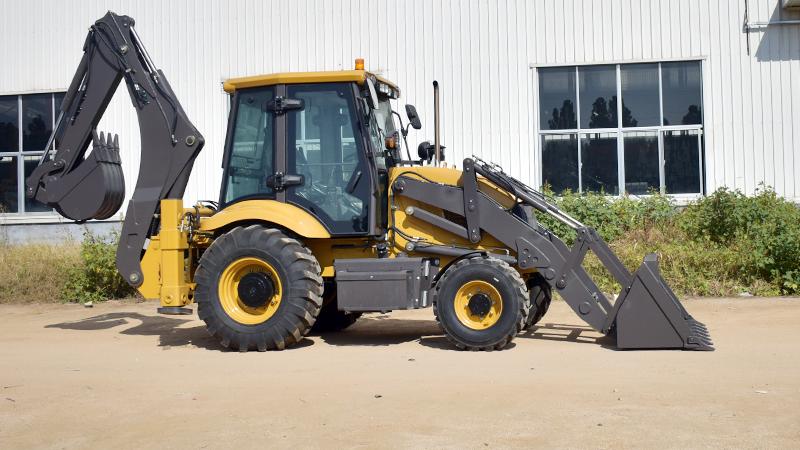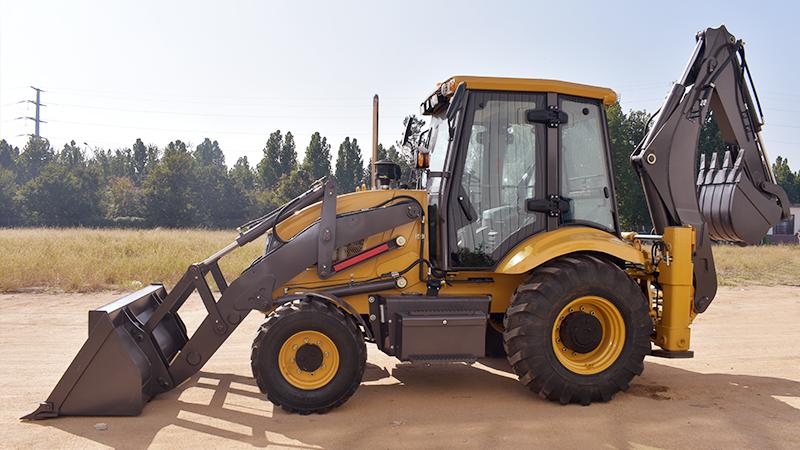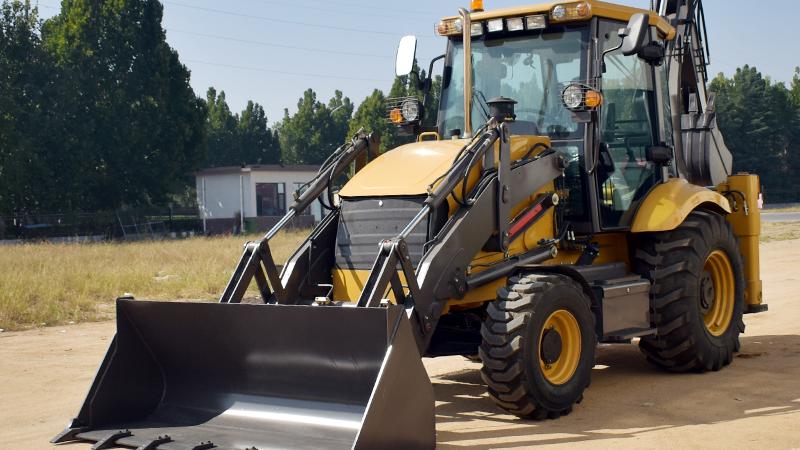The backhoe loader stands as one of the most iconic and ubiquitous pieces of machinery in the construction and contracting world, a true testament to the power of versatile design. Often referred to as a "digger" or simply a "backhoe," this machine is the Swiss Army knife of the jobsite, uniquely combining the loading capabilities of a tractor-loader in the front with the trenching power of an excavator in the rear. Its design philosophy centers on providing a two-in-one solution that maximizes functionality for small to mid-sized projects where owning and transporting multiple dedicated machines would be cost-prohibitive and logistically challenging. The heart of its excavating prowess lies in the rear backhoe arm, a complex arrangement of a boom, dipper stick, and bucket, powered by a robust hydraulic system. A critical specification that defines its operational scope and is a primary consideration for any potential buyer or operator is its "digging depth," also known as "maximum digging depth." This figure, typically measured from the ground level to the tip of the bucket teeth with the arm fully extended and lowered, represents the absolute limit of how deep the machine can reach to excavate soil, creating trenches, footings, or foundations. Understanding this parameter is not just about a number on a spec sheet; it is about comprehending the machine's fundamental capability and its suitability for the vast array of tasks it is called upon to perform, from urban utility work to rural agricultural projects.
When discussing the "standard" digging depth for a typical backhoe loader, the industry generally converges on a range of approximately 14 to 18 feet (or about 4.3 to 5.5 meters). This range is not arbitrary but is the result of decades of engineering evolution aimed at optimizing the machine for the most common applications it faces. A model digging to a depth of 15 to 16 feet (4.6 to 4.9 meters) is often considered the sweet spot, providing ample capability for the majority of trenching work required for installing water and sewer lines, electrical conduits, and fiber optic cables, which rarely require depths exceeding this. Iconic and best-selling models like the JCB 3CX and the Caterpillar 428 series have cemented this depth as an industry benchmark. This standard depth represents a careful balance between the machine's physical size, stability, hydraulic power, and practical usability. A deeper dig requires a longer boom and dipper stick, which increases the machine's overall length and weight, potentially compromising its transportability on standard trailers and its maneuverability in tight spaces. Furthermore, digging at the maximum depth tests the machine's stability, often requiring the use of its outrigger stabilizers to prevent tipping and to transfer the immense forces generated during digging safely into the ground. Therefore, the standard 14-to-18-foot range is a Goldilocks zone—it is deep enough to handle a vast majority of tasks without making the machine overly large, unstable, or inefficient for its other primary role as a front-end loader.
The practical implications of this standard digging depth are vast, defining the backhoe loader's role across multiple industries. In the construction sector, this depth is perfectly suited for creating foundations for single-family homes, small commercial buildings, and retaining walls. It allows crews to efficiently dig down to the required frost line in most regions, ensuring structural integrity. For municipal and utility work, it is the ideal tool for excavating trenches to repair or install underground infrastructure, as the depth comfortably accommodates pipes, valves, and junction boxes, with additional room for necessary bedding material like gravel. In agricultural settings, the same machine that loads manure or hay bales can seamlessly transition to digging drainage ditches, irrigation canals, or post holes for fencing, all within its standard digging capability. This versatility eliminates the need for farmers to invest in multiple specialized machines. The backhoe's ability to dig this depth is not performed in isolation; it is part of a broader set of correlated metrics, including reach (how far it can dig from the machine's center) and dump height (how high it can lift a loaded bucket to dispose of the spoil). The standard digging depth is engineered to work in harmony with these other capabilities, allowing an operator to dig a 15-foot-deep trench and still have enough reach and lift to place the excavated material neatly to the side, ready for backfilling, all in one fluid, efficient process.
Looking forward, the standard digging depth of the backhoe loader remains a foundational specification, even as the machine evolves with new technology. While manufacturers offer optional "extradig" or "XP" packages that can push the maximum depth beyond 20 feet (6 meters) for specialized needs, these are exceptions rather than the rule and often come with trade-offs in complexity, cost, and sometimes, front-loader capacity. The industry's focus for the standard machine has shifted towards enhancing efficiency, operator comfort, and precision within this established depth range. The integration of advanced hydraulics with features like "boom float" and "return-to-dig" automates complex movements, reducing cycle times and operator fatigue. Furthermore, the adoption of GPS and grade control systems is revolutionizing how these machines achieve their standard depth. An operator can now program the desired depth and slope of a trench into a console, and the system will automatically guide the backhoe arm to dig with centimeter-level accuracy, ensuring the trench is perfectly graded the first time, eliminating rework. This marriage of a proven, versatile mechanical capability—the 14-to-18-foot dig—with digital precision ensures that the backhoe loader will remain an indispensable asset on job sites for decades to come, doing the same foundational work but smarter, faster, and more efficiently than ever before.
Post time:Oct.24.2025



